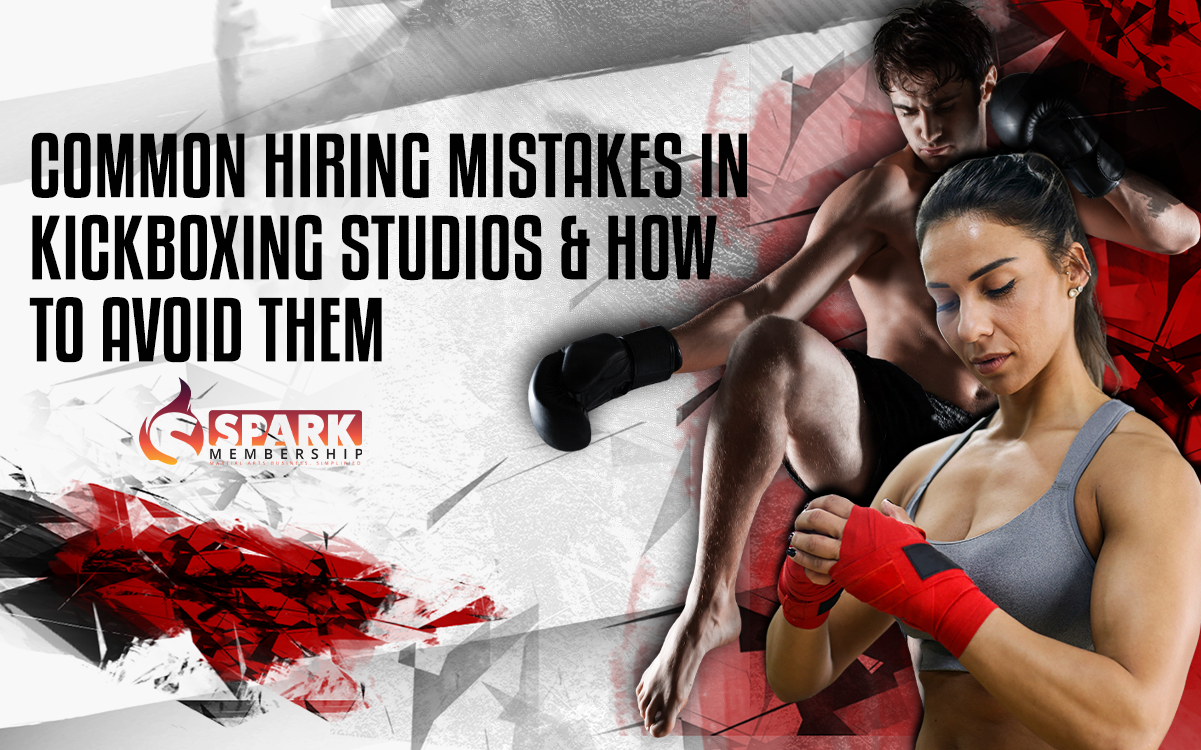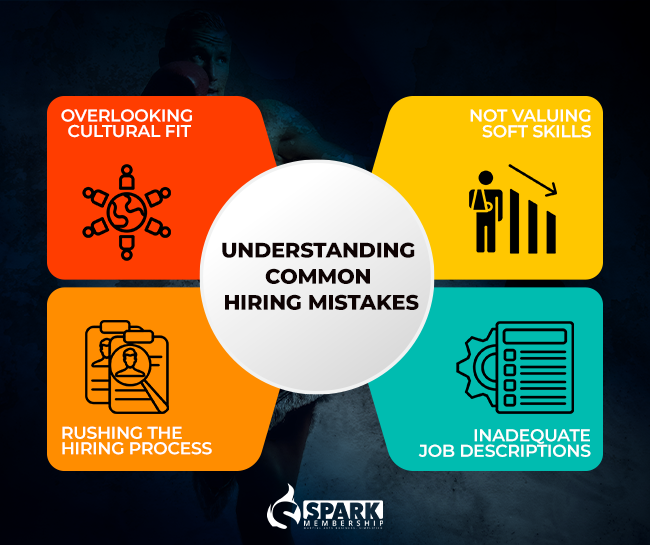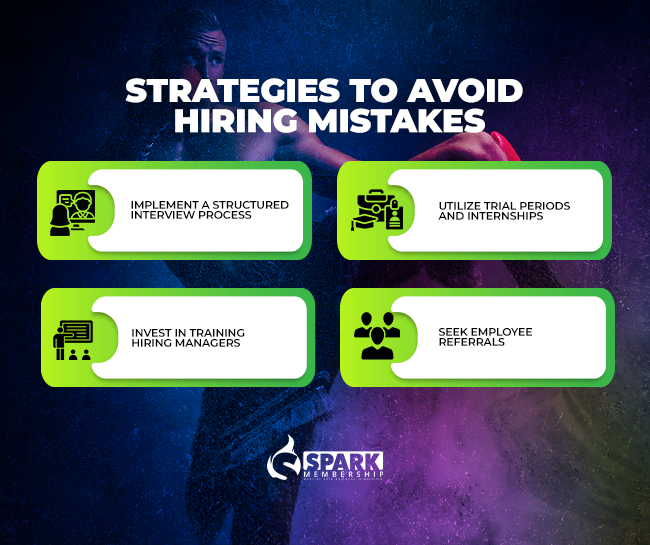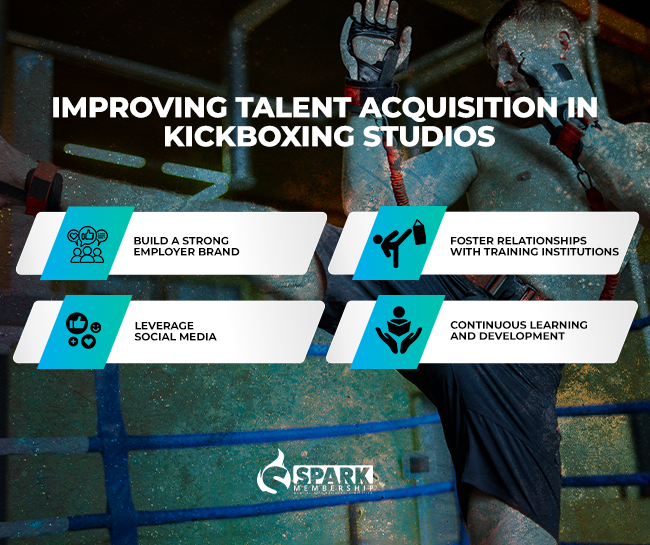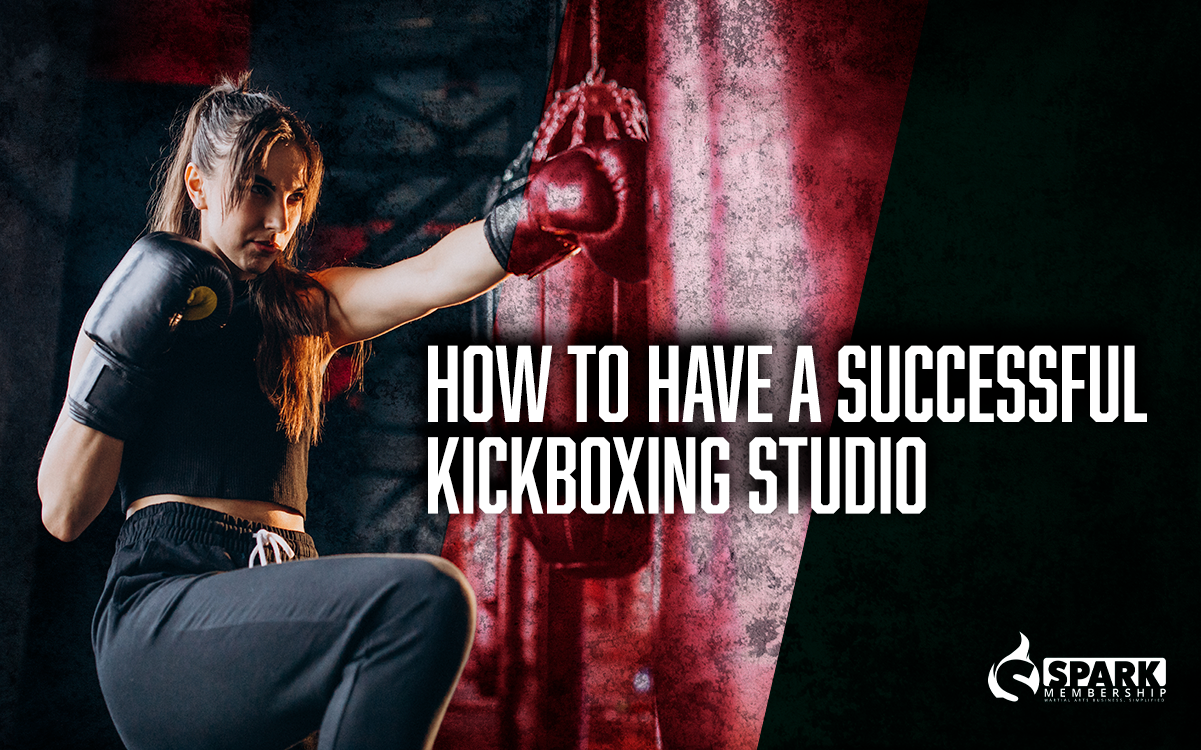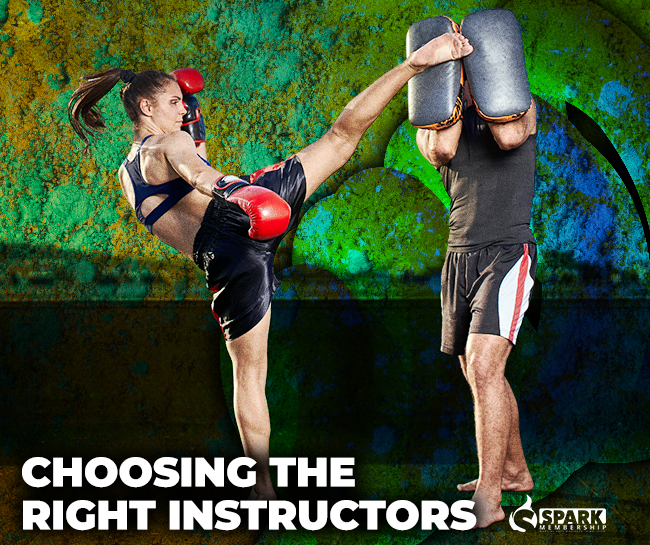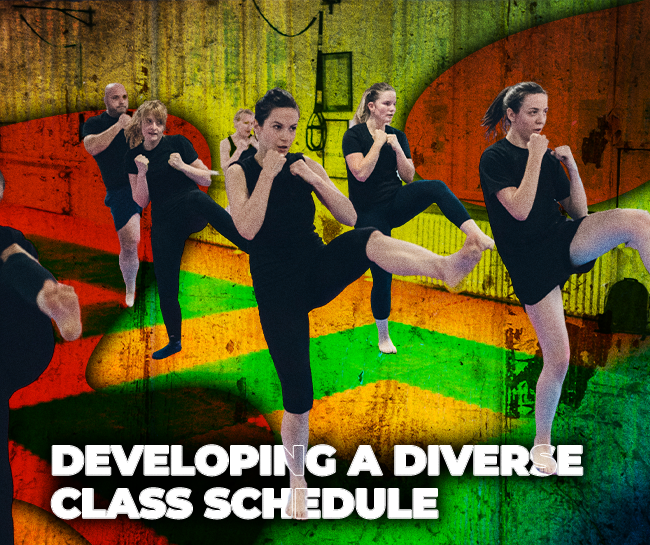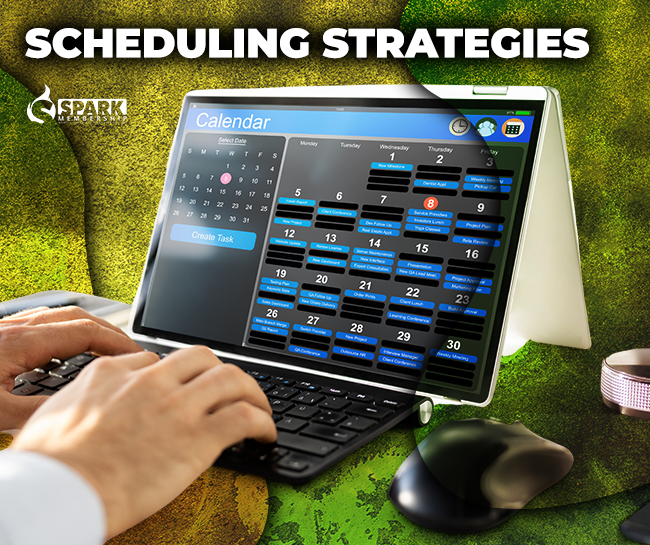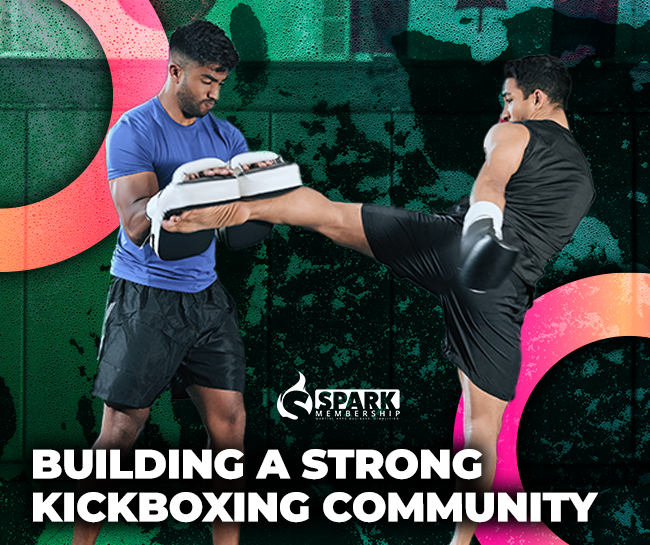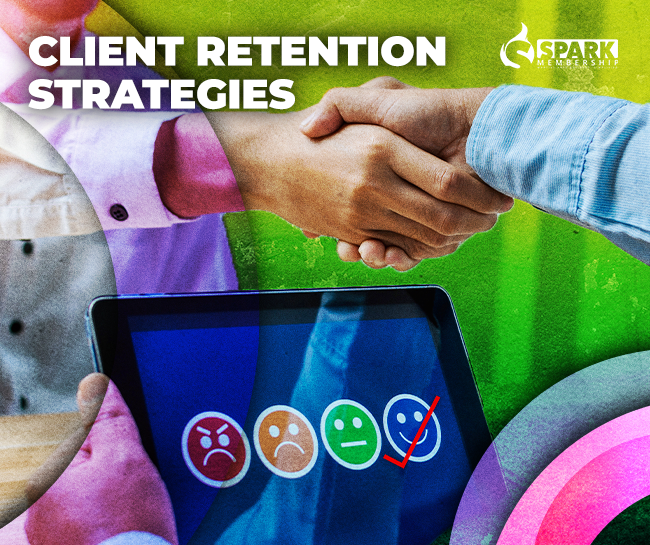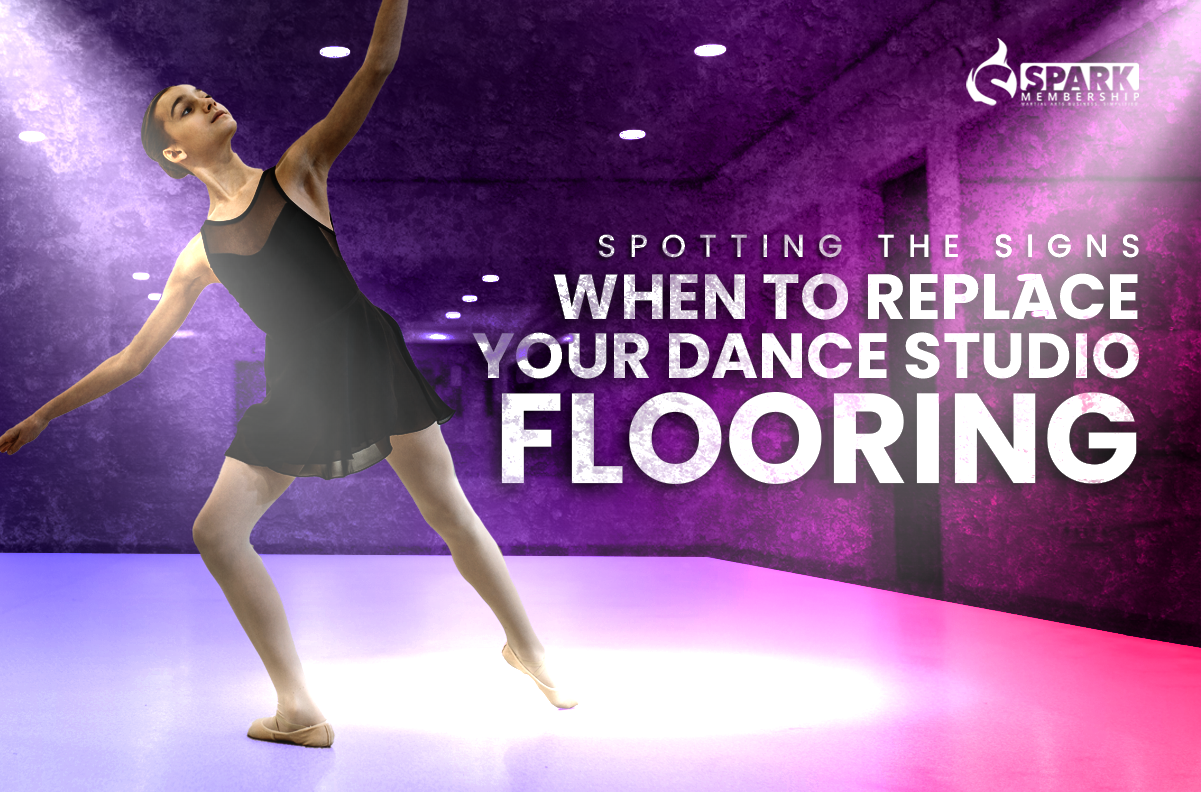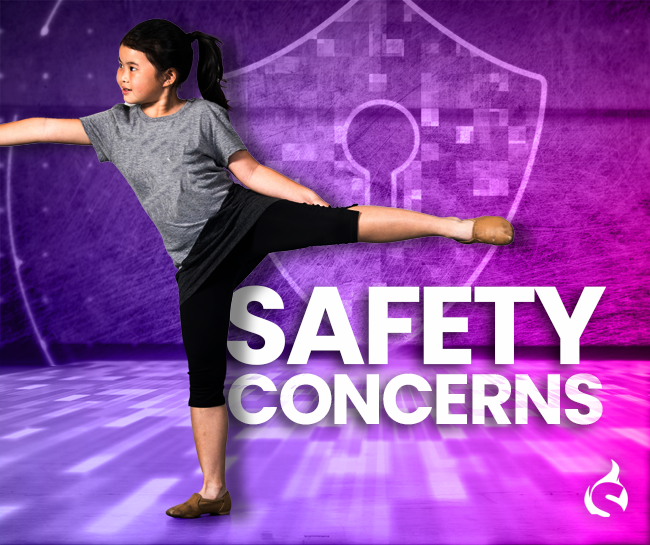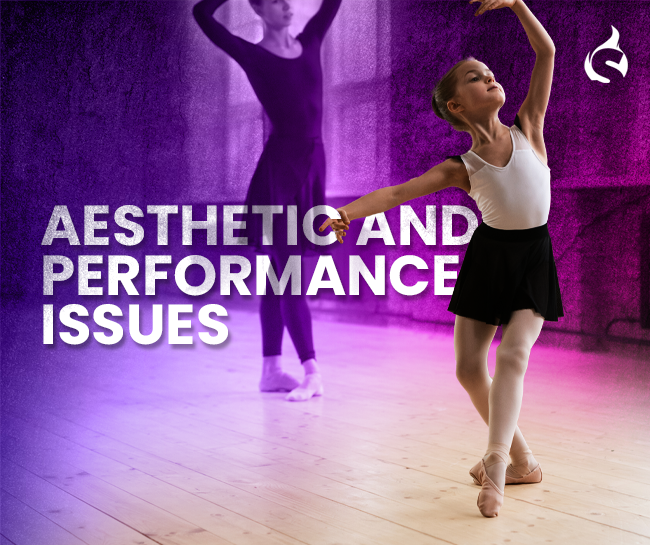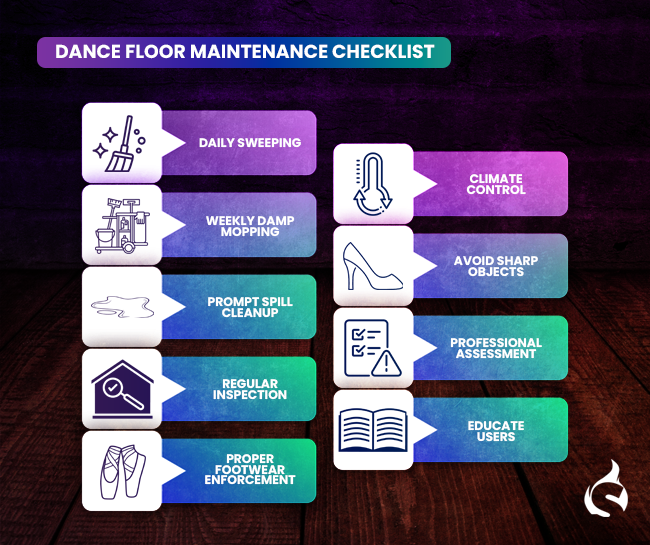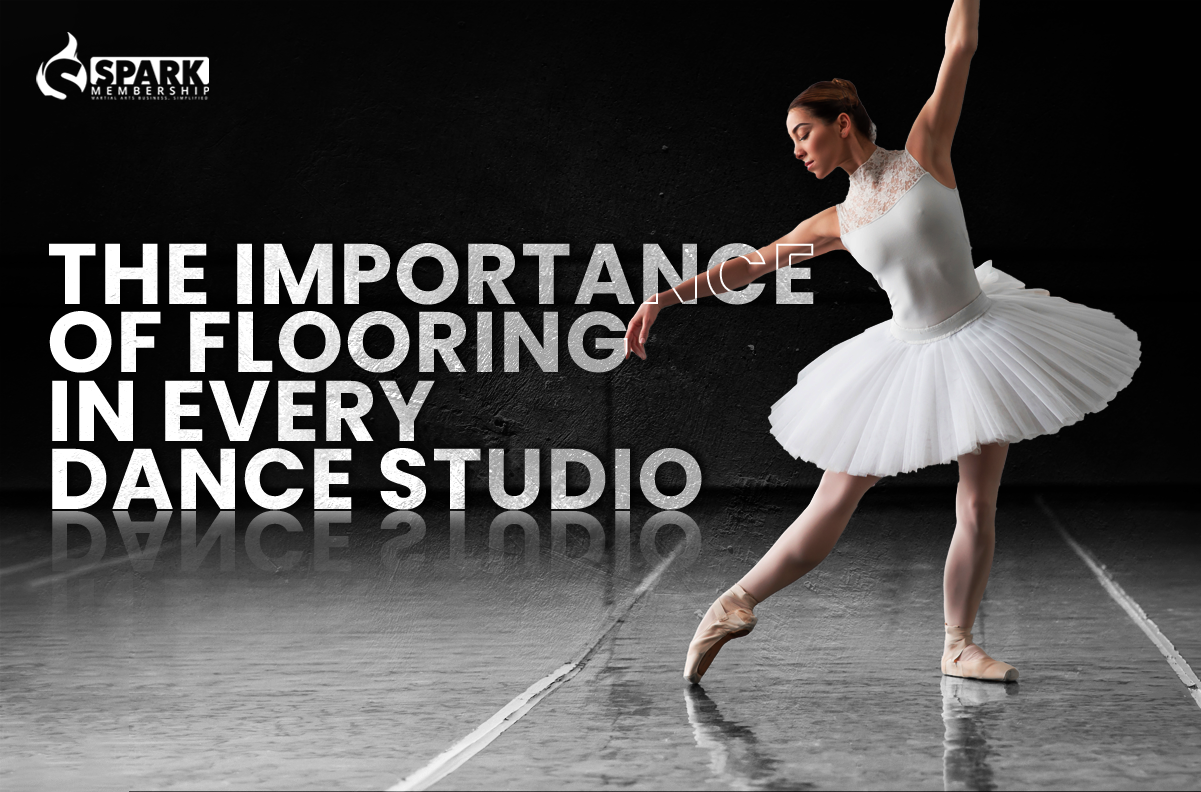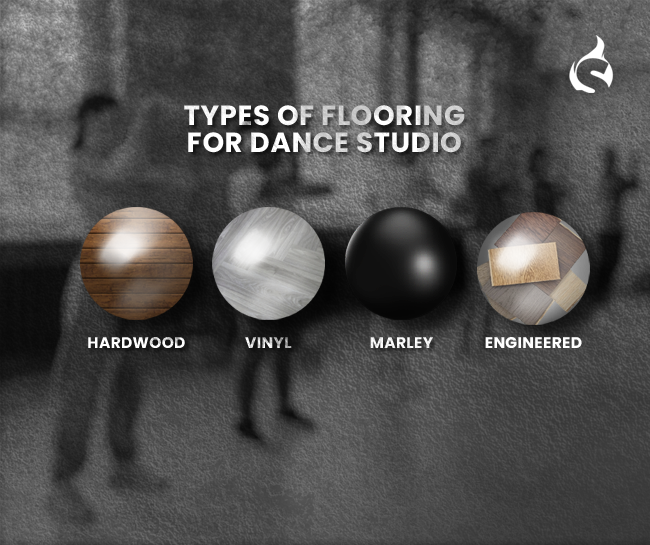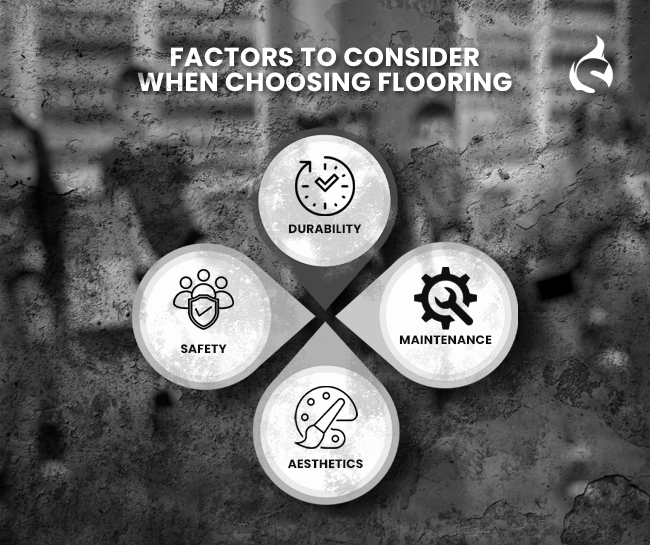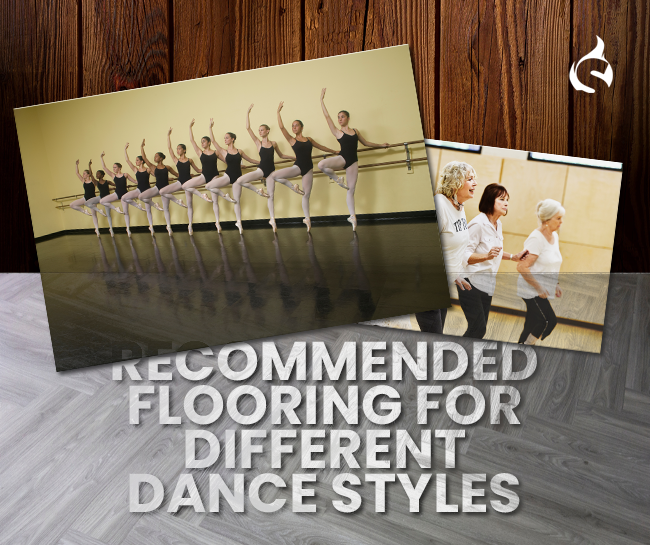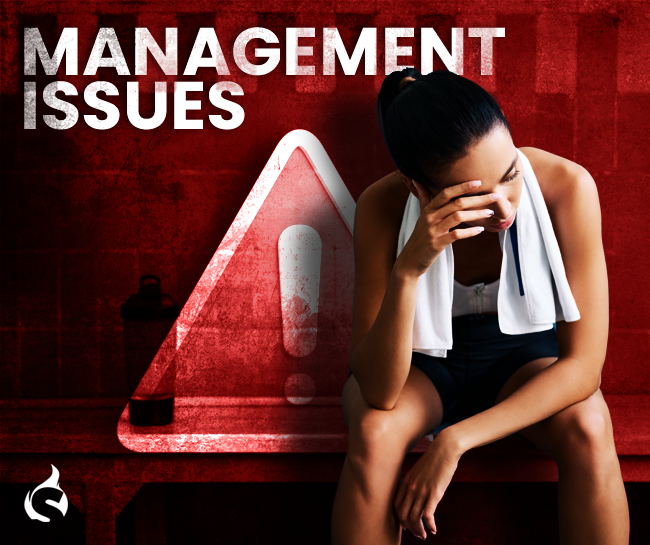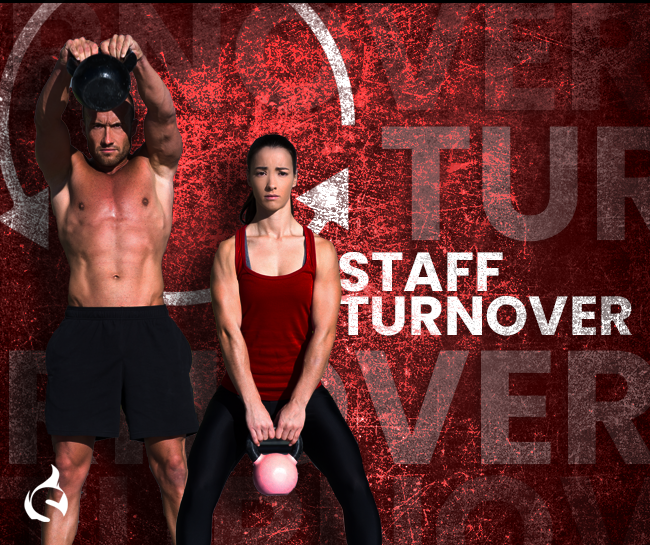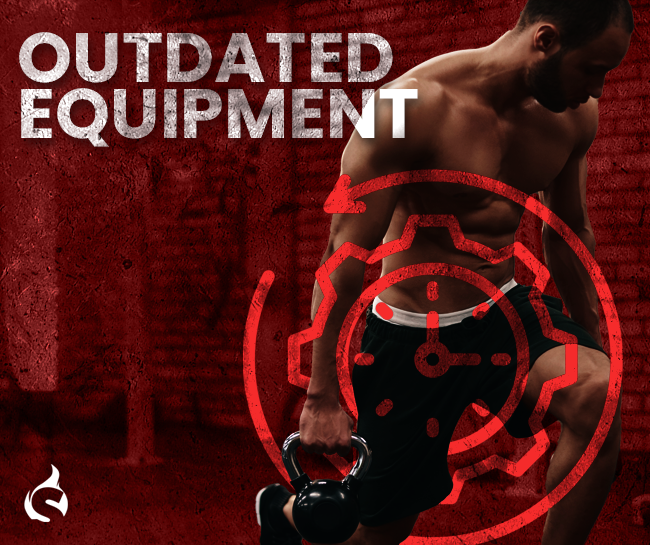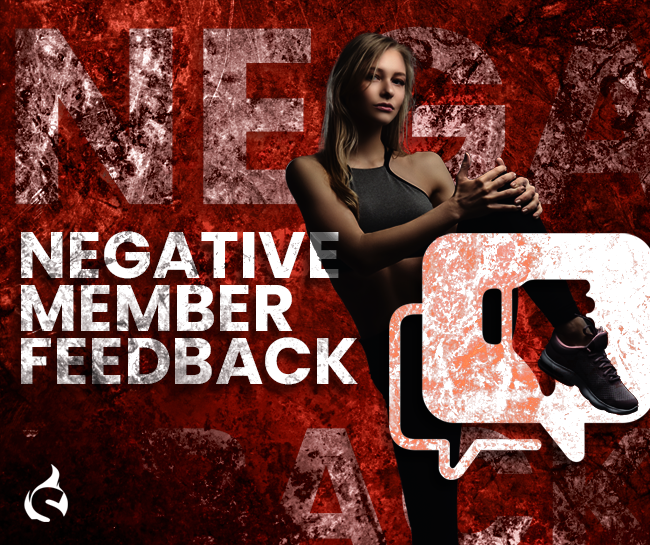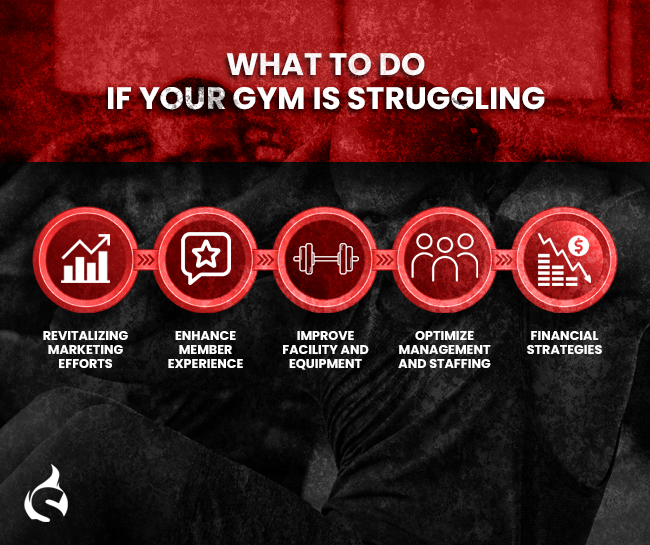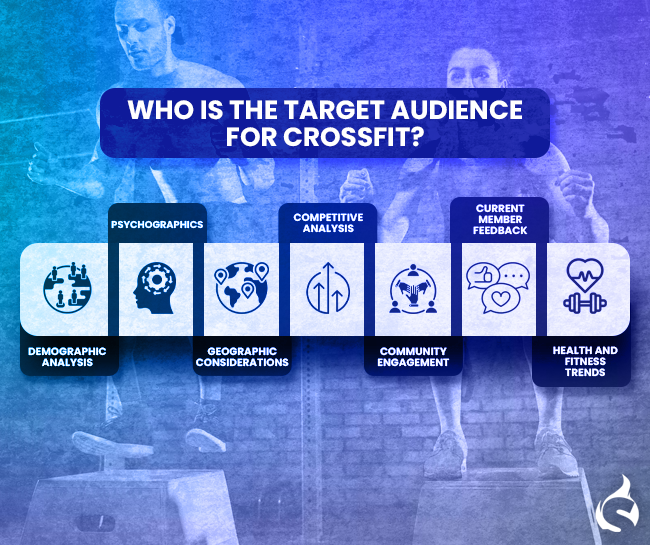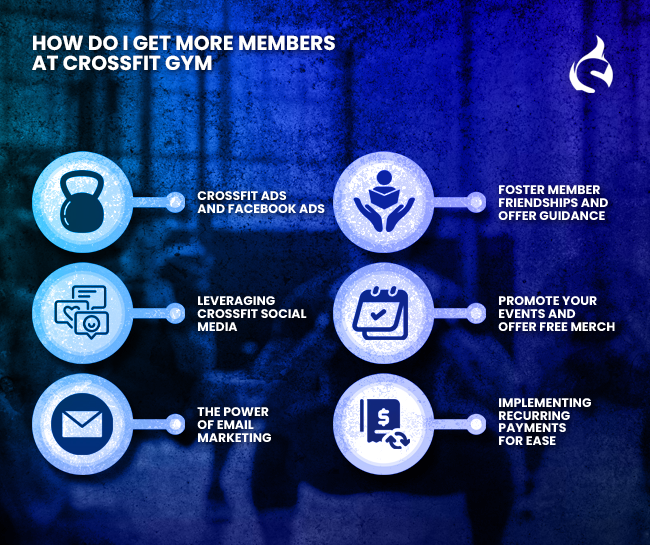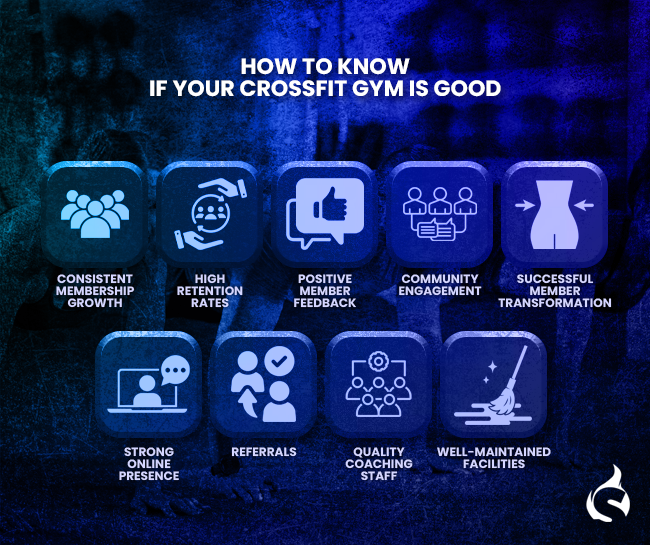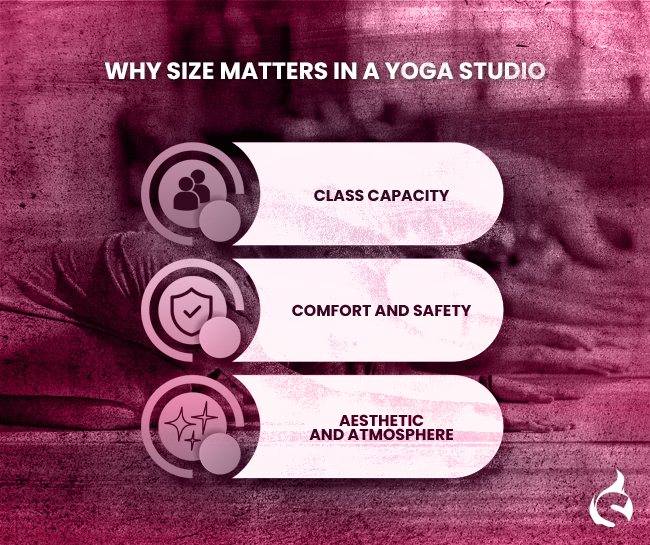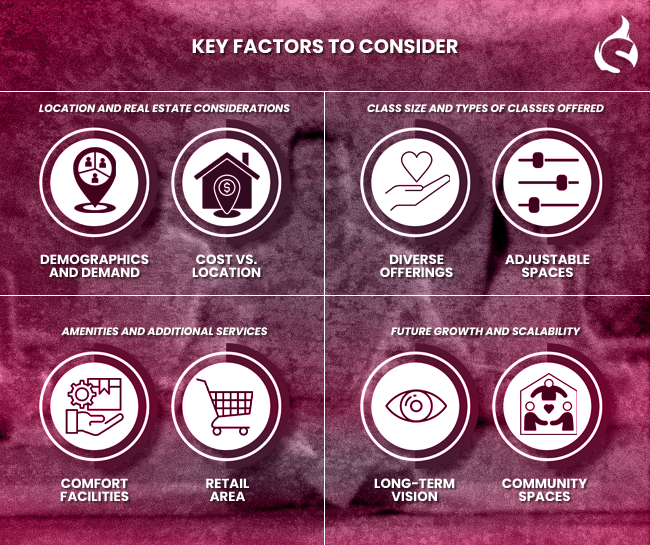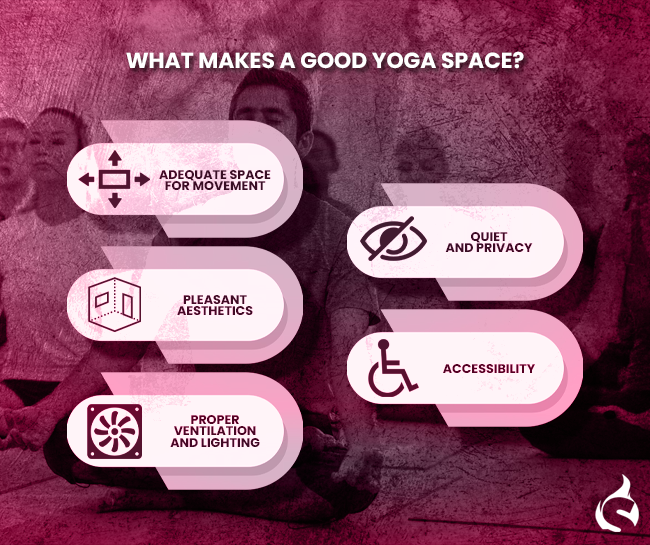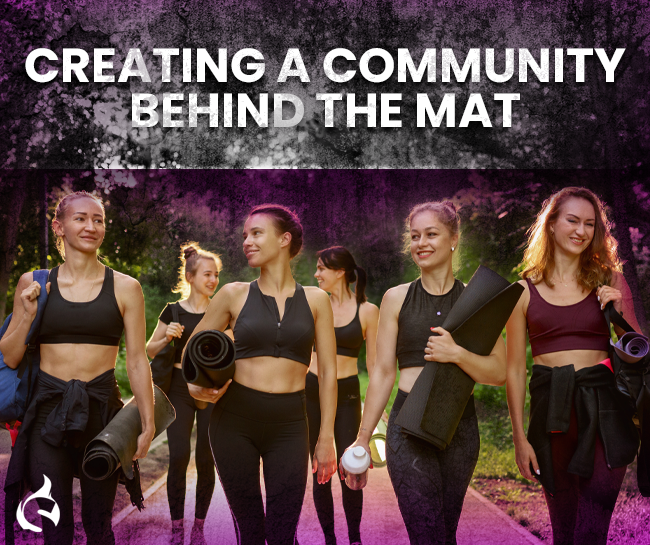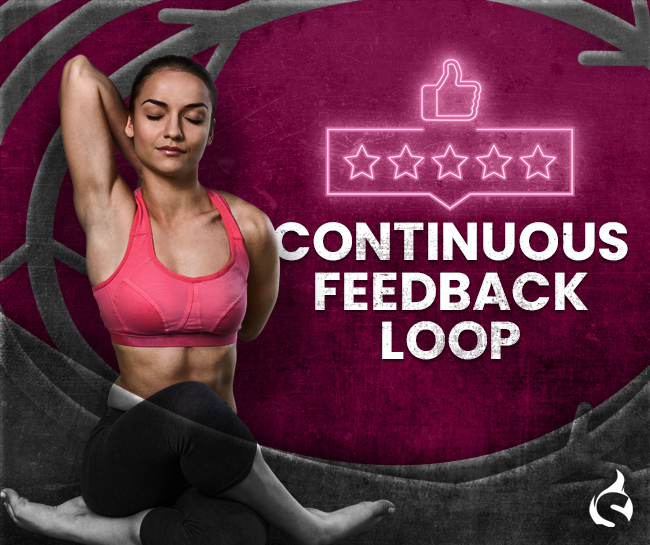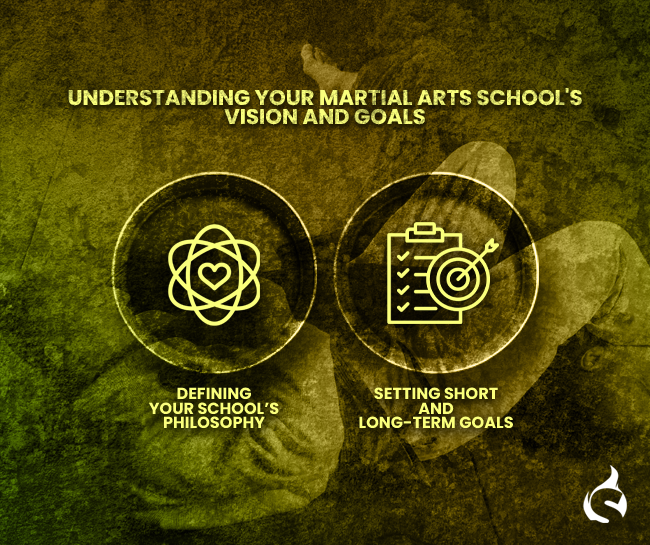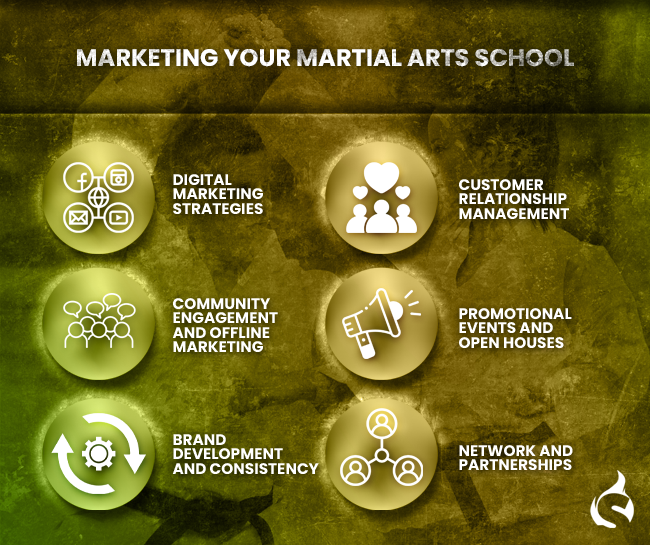
In the dynamic world of cheerleading, clear and spirited communication is key. As a cheer club owner, you know that every interaction counts, especially when welcoming new members. A booking confirmation email is more than just a routine message; it’s your chance to excite, inform, and guide your cheer family. This guide shows you how to turn a simple confirmation into an engaging roadmap, setting the stage for an enthusiastic and well-informed cheer community.
Crafting Engaging Subject Lines: Your Email’s First Impression
The subject line is your email’s handshake. It’s what determines whether your email is opened or ignored. Use action-oriented, personalized language that captures attention while being clear about the email’s content. For example, “Ready for the Big Cheer Event, [Member’s Name]?” is both engaging and informative.
Essential Elements of a Confirmation Email
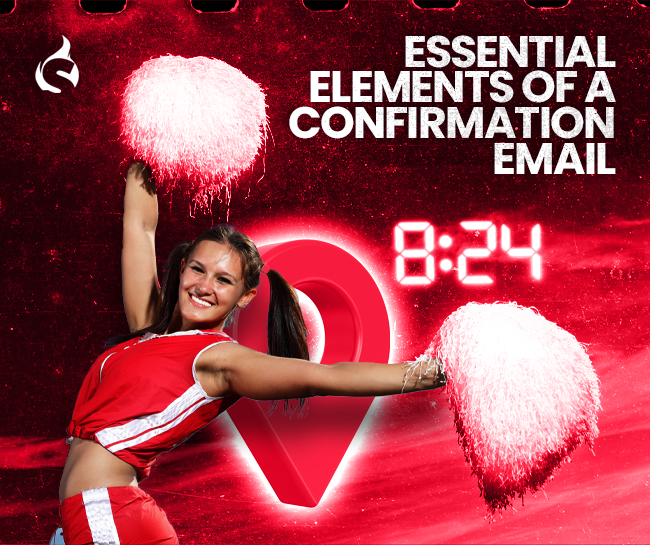
A well-crafted confirmation email should include the event’s date, time, and location, necessary preparations, and contact information for further inquiries. It’s not just about relaying information; it’s about building excitement and anticipation for the event.
💡 It ensures clear communication, boosts customer satisfaction, and reduces the likelihood of misunderstandings, fostering a positive experience for both the club and its members.
Personalization: Making Every Member Feel Special

Personalization is more than using a member’s name. It’s about tailoring the content to their interests and achievements. Mentioning a member’s recent progress or specific team events can create a more personalized and engaging experience.
Incorporating Brand Identity: More Than Just Colors and Logos
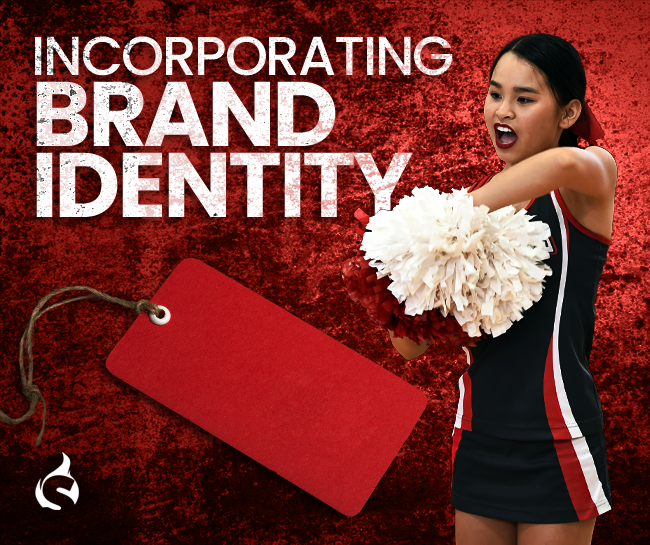
Your emails should reflect your cheer club’s brand identity. This includes using your club’s colors and logo, but also extends to the tone and voice of your emails. Consistency in these elements helps in building a recognizable and trusted brand image.
Effective Call-to-Actions: Guiding Members to the Next Step

A clear call-to-action (CTA) is crucial. Whether it’s confirming attendance or reminding about an upcoming payment, your CTA should be straightforward and easy to find. For example, “leg”
Automating for Efficiency: Streamlining Your Email Process

Using email automation tools can significantly improve efficiency. Automated booking confirmations, reminders, and follow-ups not only save time but also ensure consistency and timeliness in your communication.
💡 Automating booking confirmation emails for cheer clubs enhances efficiency, saving time and ensuring prompt communication, ultimately enabling club owners to focus on elevating their cheerleading programs.
Legal Compliance: Respecting Privacy and Regulations

Adhering to legal requirements like GDPR is essential in email communication. Ensure you have consent for sending emails and that you handle personal data securely and responsibly.
Analyzing Email Performance: The Key to Continuous Improvement

Monitor metrics such as open rates and click-through rates to gauge the effectiveness of your emails. Experiment with different formats, subject lines, and sending times to optimize your email strategy.
Overcoming Email Communication Challenges in Cheer Club Communications
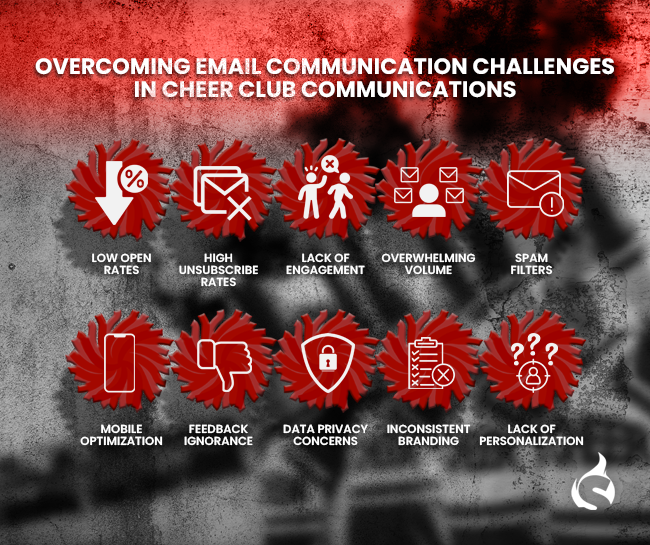
Navigating the complexities of email communication in cheer clubs requires strategic solutions to common challenges.
- Low Open Rates: Enhance open rates by crafting compelling subject lines that resonate with your audience’s interests and cheer activities.
- High Unsubscribe Rates: Reduce unsubscribes by segmenting your email list, ensuring content is relevant and engaging for each specific group.
- Lack of Engagement: Boost engagement by including interactive elements like polls or quizzes related to cheerleading events or training tips.
- Overwhelming Volume: Avoid overwhelming your recipients by consolidating information into a well-organized, periodic newsletter instead of multiple separate emails.
- Spam Filters: Ensure your emails reach the inbox by avoiding spam-trigger words and encouraging members to add your email address to their contact list.
- Mobile Optimization: Cater to on-the-go parents and members by designing emails that are mobile-friendly and easily readable on smartphones and tablets.
- Feedback Ignorance: Actively seek and incorporate feedback from members and parents to continuously improve the relevance and quality of your email content.
- Data Privacy Concerns: Build trust by strictly adhering to data privacy laws and clearly communicating your privacy policies in your emails.
- Inconsistent Branding: Maintain a consistent brand voice and visual style in all emails to strengthen brand identity and recognition.
- Lack of Personalization: Increase the personal touch by using email personalization tools to address members by name and reference their specific team or achievements.
As cheer clubs continue to evolve, so does the role of email communication. By staying informed and adaptable, and prioritizing your members’ needs and experiences, your emails can become a powerful tool in building a strong, engaged cheer community.
Fuel the growth of your Cheer Club with Spark Membership. Streamline operations for a seamless experience and elevate your club’s success. Empower your cheerleaders and witness their achievements reach new heights!
